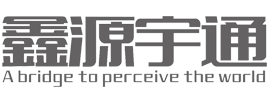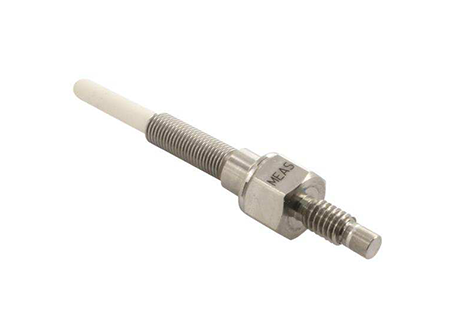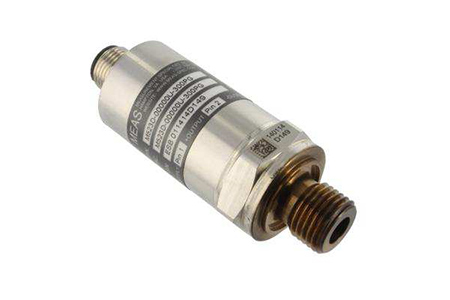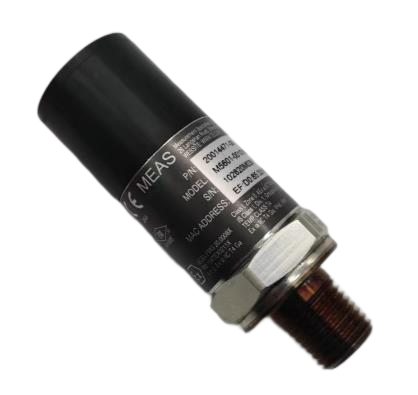Pressure sensors are one of the most commonly used sensors in industrial practice, instrumentation control, and are widely used in a variety of industrial self-control environments involving construction machinery, trucks, water conservancy and hydropower, railroad transportation, production automation, aerospace, military, petrochemicals, oil wells, electric power, ships, machine tools, pipelines and many other industries. Mechanical sensors of various types, such as resistance strain gauge pressure sensors, semiconductor strain gauge pressure sensors, piezoresistive pressure sensors, inductive pressure sensors, capacitive pressure sensors, resonant pressure sensors and capacitive acceleration sensors. However, the most widely used is the piezoresistive pressure sensor, which has a very low price and high accuracy as well as good linearity characteristics.
1. Principles and Applications of Strain Gauge Pressure Sensors
In understanding piezoresistive force transducers, let's first recognize the element of resistance strain gauges. A resistive strain gauge is a sensitive device that converts a change in strain on the measured part into an electrical signal. It is one of the main components of a piezoresistive strain sensor. The most widely used resistive strain gauges are metal resistive strain gauges and semiconductor strain gauges. There are two types of metal resistance strain gauges, namely, filament strain gauges and metal foil strain gauges. Usually, the strain gauges are tightly bonded to the mechanical strain generating substrate by a special adhesive. When the substrate is subjected to stress changes, the resistance strain gauges also deform together to change the resistance value of the strain gauges, which in turn changes the voltage added to the resistor. The change in resistance value produced by this type of strain gauge when subjected to force is usually small, and generally this type of strain gauge is formed into a strain bridge and amplified by the subsequent instrumentation amplifier, and then transmitted to the processing circuitry (usually A/D converter and CPU) for display or actuator.
1.1 Internal Structure of Metal Resistive Strain Gauges
It consists of a base material, a metal strain wire or a strain foil, an insulating protective sheet and a lead wire. According to different uses, the resistance value of the resistance strain gauge can be designed by the designer, but the value range of the resistance should be noted: resistance value is too small, the required drive current is too large, while the heat generation of the strain gauge leads to its own temperature is too high, different environments to use, so that the resistance value of the strain gauge is too large a change in the output of the zero drift is obvious, the zeroing circuit is too complex. The resistance is too large, the impedance is too high, and the resistance to external electromagnetic interference is poor. Generally are tens of ohms to tens of kilo-ohms or so.
1.2 Principle of operation of resistive strain gauges
The working principle of metal resistance strain gauges is adsorbed on the substrate material strain resistance with mechanical deformation and the phenomenon of resistance change, commonly known as the resistance strain effect. The resistance value of a metal conductor can be expressed by the following formula:
ρ - resistivity of the metal conductor (Ω-cm2/m)
S - cross-sectional area of the conductor (cm2)
L - length of the conductor (m)
We take the metal wire strain resistance as an example, when the metal wire by the external force, its length and cross-sectional area will change, from the above formula can be easily seen, the resistance value that will change, if the metal wire by the external force and the elongation of the length increases, and the cross-sectional area decreases, the resistance value will increase. When the wire is compressed by external forces, the length decreases and the cross-section increases, the resistance value will decrease. The strain pressure of a strained wire can be obtained by simply measuring the change in resistance added (usually by measuring the voltage across the resistor).
2. Principles and applications of piezoelectric pressure sensors
The main piezoelectric materials used in piezoelectric sensors include quartz, sodium potassium tartrate and dihydrogen phosphate. Quartz (silicon dioxide) is a natural crystal in which the piezoelectric effect is found. Within a certain temperature range, the piezoelectric property is always present, but after the temperature exceeds this range, the piezoelectric property disappears completely. Since the piezoelectric coefficient is relatively low, quartz is gradually being replaced by other piezoelectric crystals.
The piezoelectric effect is the main operating principle of piezoelectric sensors. Piezoelectric sensors cannot be used for static measurements because the charge after an external force is only preserved if the loop has an infinitely large input impedance. This is not the case in practice, so this determines that piezoelectric sensors are only capable of measuring dynamic stresses.
Piezoelectric sensors are mainly used in the measurement of acceleration, pressure and force. Piezoelectric acceleration sensor is a commonly used accelerometer. It has excellent features such as simple structure, small size, light weight and long service life. Piezoelectric acceleration sensors have been widely used in vibration and shock measurements in airplanes, automobiles, ships, bridges and buildings, especially in aviation and astronautics where they have a special place. Piezoelectric sensors can also be used to measure combustion pressure measurements and vacuum measurements inside engines. It can also be used in the military industry, for example, it is used to measure the instantaneous change in the chamber pressure of the gun bullet in the chamber and the muzzle of the shock wave pressure. It can be used to measure both large and small pressures.
In short, pressure sensors are widely used in industrial process control, customers should choose the right pressure sensor according to their actual working conditions, each sensor has advantages and disadvantages.





